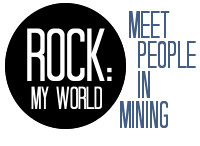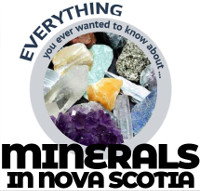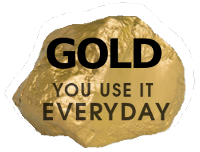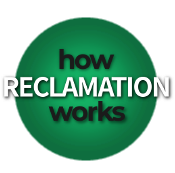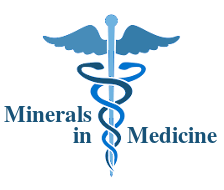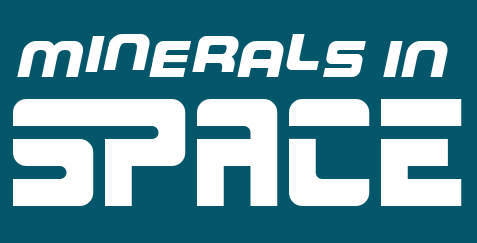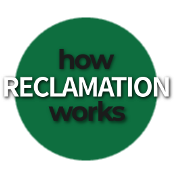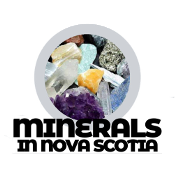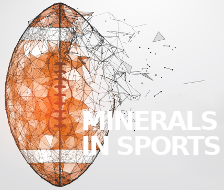- Why Mining Matters
- Jobs
- Safety
- Environment & Operations
- FAQ
- Links
- Fun Stuff
You are here

Aerotech Connector
Rock In Gum
Crusher Dust
Rock ID
Muskrat Falls Hydro
Blind Ben Morris
Highway 107
Loops and the Cornish Miner
Birchtown’s Black Granite
Cliff Safety
Lake Enon Celestite
Pumice and Stone-Washed Jeans
WWII Exploration
Gibraltar Black Granite
Seal Island Bridge
Fort Needham
Wilmot Spa Springs
Opal
Kiwanis Park
Three Types of Rock at Peggy's Cove
Guysborough’s Alumina
Inside Asphalt
The Concrete House
Canso Causeway
Shubie Park
Sambro Lighthouse
Titanic Headstones
Why are some roads red?
Marshdale Gabbro
New Britain Quartz Mine
Mica Hill
King Quarry
Queensport
Quarry Lake
Miners in War
The Pit
Oxford Tripoli Company
Sibley Mountain Slate Quarry
Terence Bay
East Gore Slate Quarry
Governor Lake Pegmatite
Spryfield Quarries
The Hydrostones
Bricks and the Halifax Explosion
Armdale Roundabout
South River Lake Quarry
Shelburne Granite Boulders
Belmont Pit
Whetstone Lake
Shelburne Island Park Quarry
Millstone Island
Beaverbank Slate Quarry
St. Margaret's Bay
Agate
Soapstone Mine
Kennington Cove Talc
Lapis Lazuli
Amethyst
Dowsing
Spryfield’s Rocking Stone
Nictaux
Standard Clay Products
Erinville
HIghway 104
Factory Bog
Where does gravel come from?
Rock in Gum
There is rock in your chewing gum!
The basic process for manufacturing chewing gum has the following steps:
Kneading the ingredients together.
Heating the mix, usually to a temperature of about 50 degrees Celsius.
Extrusion and rolling, in which the paste is turned into a long strip that is the right size and shape.
The strip is then cut into sticks or pieces of gum.
The hot strip of extruded gum is very sticky so to prevent it sticking to the machinery or to its wrapper, the strip is dusted on both sides with an anti-caking agent such as talc or calcium carbonate. This white dust absorb oils and moisture. It is why you can remove gum from its wrapper so easily.
Talc and calcium carbonate are both minerals that have a wide range of uses.
Talc is the softest known mineral which makes it useful in a wide range of consumer and industrial products, such as cosmetics, baby powder, paint, paper, lubricants, ceramics, rubber, plastics and foods.
Calcium carbonate is in the shells and bones of many marine organisms. When these animals die, their shells and skeletal debris accumulate as sediment at the bottom of bodies of water and are eventually turned into rock (limestone, chalk and marble) by heat and pressure. Calcium carbonate is used in things like cement, paper, plastics, paint, agricultural lime, mortar, baking powder, dough, dessert mixes and dietary supplements.
Mining contributes to everything in your daily life – often in ways you would never have imagined!



